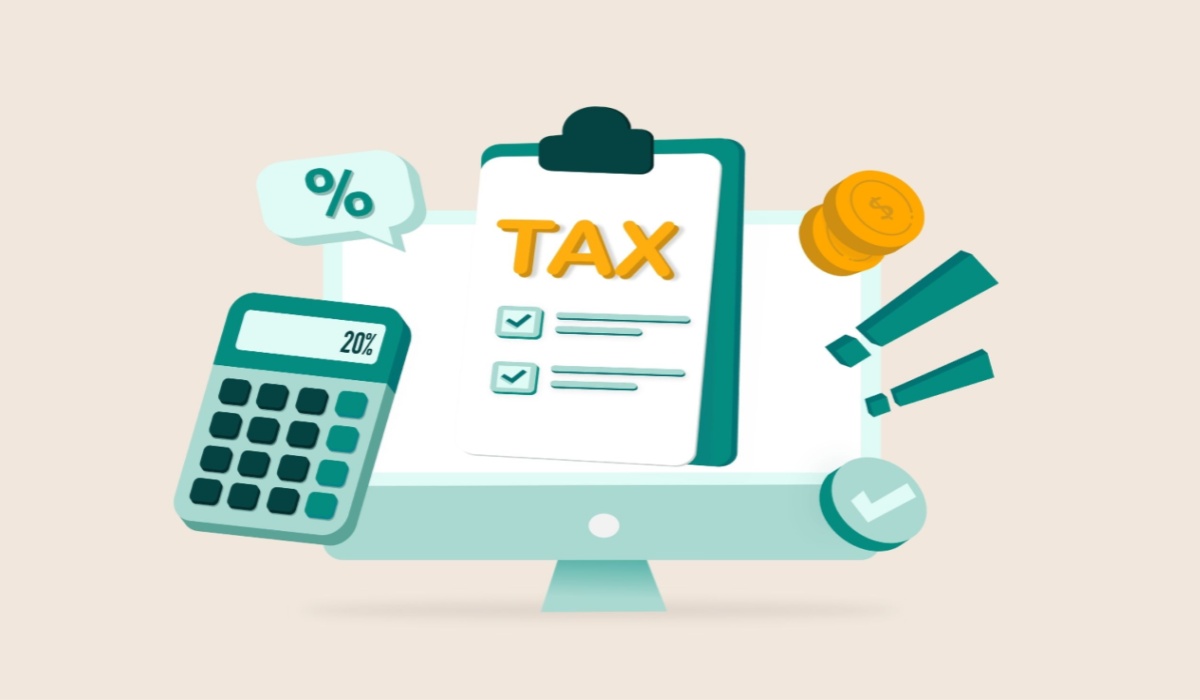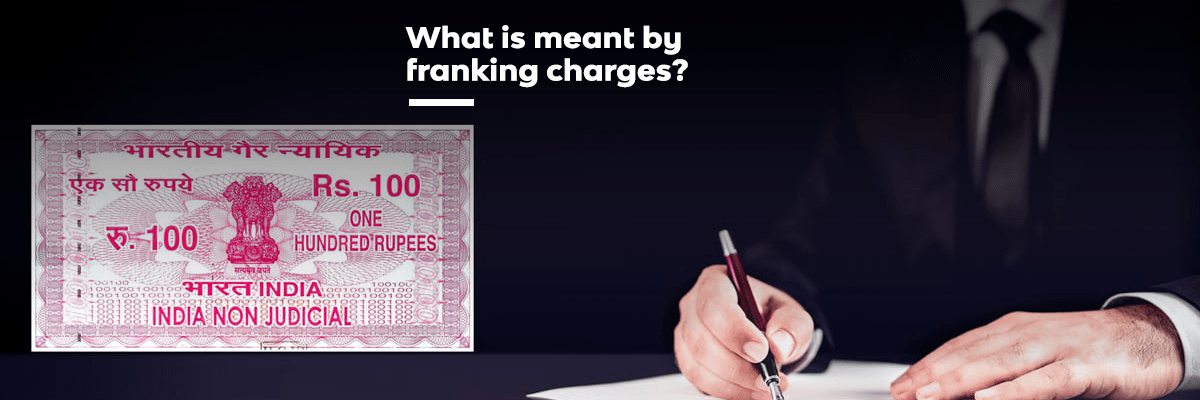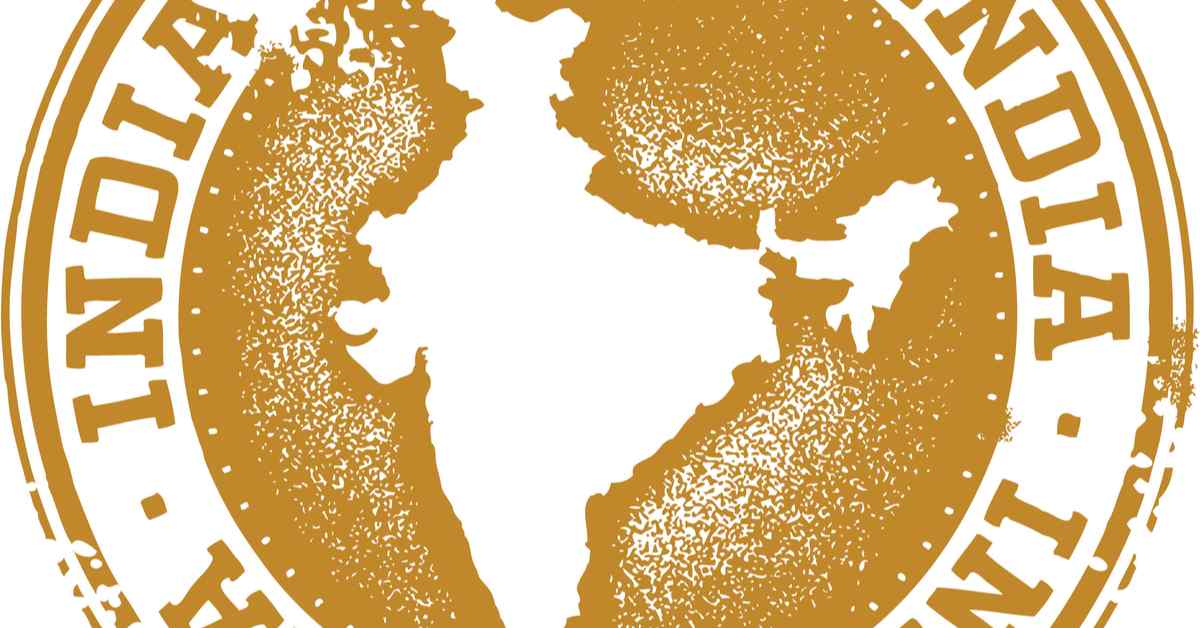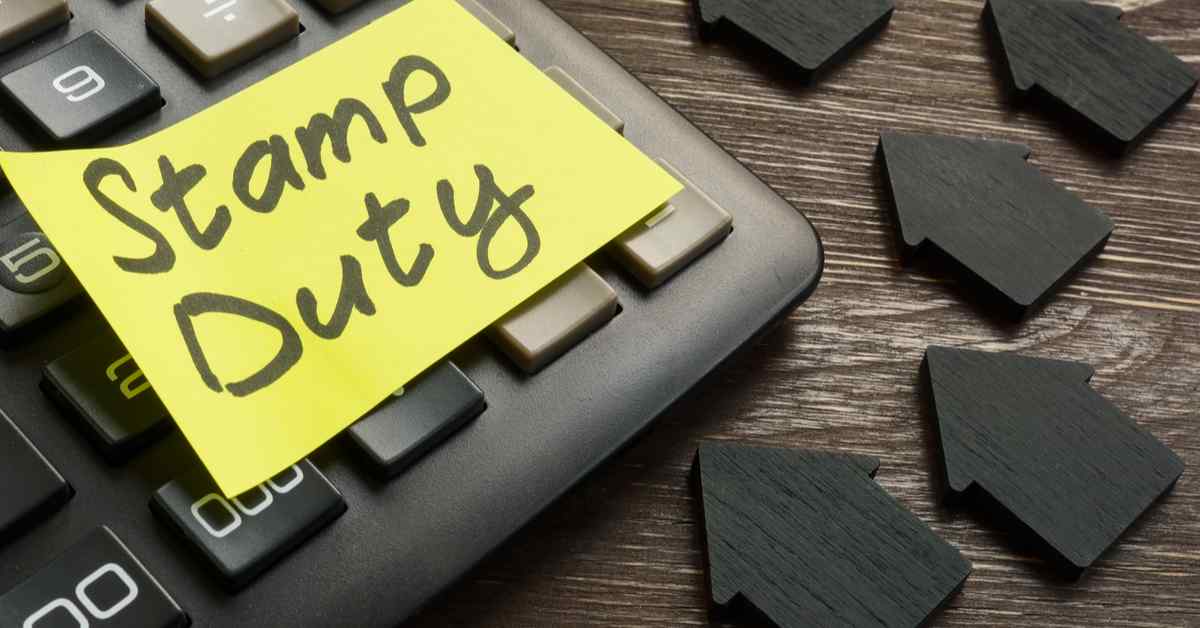Table of Contents
Quality Service Guarantee Or Painting Free

Get a rental agreement with doorstep delivery

Find the BEST deals and get unbelievable DISCOUNTS directly from builders!

5-Star rated painters, premium paints and services at the BEST PRICES!
Loved what you read? Share it with others!


Submit the Form to Unlock the Best Deals Today
Check Your Eligibility Instantly

Experience The NoBrokerHood Difference!
Set up a demo for the entire community
Tax on 15 Lakh Income in India: Detailed Guide on Rates, Deductions, and Taxable Income in 2025
Table of Contents
If your annual income exceeds ₹15 lakhs, you enter a higher income tax bracket in India, making tax planning essential to minimise liability. The government offers two tax regimes: the old and the new, each with its structure of slabs, rates, and deductions. Understanding the applicable tax slabs and making strategic investments can significantly reduce your tax liability. In this guide, we’ll walk you through the critical steps to managing taxes effectively for an income of ₹15 lakh.
Tax Planning for Salary Above ₹15 Lakhs
When earning a salary above ₹15 lakhs annually, efficient tax planning is essential to minimise tax outgo and maximise savings. The government offers two tax regimes — the old regime, with various deductions and exemptions, and the new regime, with lower slab rates but fewer deductions—and choosing the right one based on your financial situation is key. Here is the tax planning for salaries above ₹15 lakhs:
1. Assess your financial situation: Evaluate your current investments, eligible deductions, and tax-saving expenses. The new regime could benefit you if you prefer lower slab rates and simple tax filing.
Quality Service Guarantee Or Painting Free

Get a rental agreement with doorstep delivery

Find the BEST deals and get unbelievable DISCOUNTS directly from builders!

5-Star rated painters, premium paints and services at the BEST PRICES!
2. Maximise deductions: Under the old regime, you can claim several deductions:
- Section 80C: Deduct up to ₹1.5 lakh by investing in PPF, EPF, ELSS, life insurance, etc.
- Section 80D: Claim up to ₹25,000 for health insurance premiums.
- HRA and LTA: Optimise these exemptions if you pay rent or travel for work.
- Standard deduction: ₹50,000 for salaried employees.
3. Leverage other tax benefits: Additional benefits like the NPS (National Pension System) under Section 80CCD or home loan interest under Section 24 can further reduce your taxable income.
4. Consider long-term financial planning: By optimising your tax strategy and making disciplined investments, you can reduce immediate tax liability and build a solid financial future.
5. Invest in tax-saving instruments: Consider diversifying your investments in instruments like ELSS, PPF, or NPS, which not only save tax but also help in maintaining your financial situation.
New Tax Regime as per Union Budget 2024
Individuals must pay taxes on their annual income according to the tax slab rates introduced in the Finance Bill during the budget session. However, with the Union Budget 2024, taxpayers now have the option under Section 115BAC of the IT Act, 1961, to choose between two different tax regimes, each with distinct approaches.
The new tax regime is applied by default if no selection is made. To start your tax planning effectively, it’s essential to use an income tax calculator, which will help you determine the most beneficial regime based on your financial situation.
Here is the table for the new tax regime as per the 2024 union budget:
| Income | Slab Rates | Maximum tax to be charged |
| ₹3 lakhs & below | Tax-exempt | Nil |
| ₹3 - ₹6 lakhs | 5% | ₹15,000 |
| ₹6 - ₹9 lakhs | 10% | ₹45,000 |
| ₹9 - ₹12 lakhs | 15% | ₹90,000 |
| ₹12 - ₹15 lakhs | 20% | ₹1,50,000 |
| Above ₹15 lakhs | 30% | - |
Tax Slabs Under Old Regime
The old tax regime follows a progressive slab system with several deductions and exemptions, making it a preferred choice for individuals with significant tax-saving investments and expenses. Here are the tax slabs for the old regime:
| Income | Slab Rates | Maximum tax to be charged |
| ₹2.50 and below | Tax-exempt | Nil |
| ₹2.5 - ₹5 lakhs | 5% | ₹12,500 |
| ₹5 - ₹7.5 lakhs | 10% | ₹37,500 |
| ₹7.5 - ₹10 lakhs | 15% | ₹75,000 |
| ₹10 - ₹12.5 lakhs | 20% | ₹1,25,000 |
| ₹12.5 - ₹15 lakhs | 30% | ₹1,87,500 |
Tax Slabs and Exemptions
When calculating income tax, individuals can reduce their tax liability by making use of exemptions and deductions, which help lower taxable income. Salaried individuals living in rented accommodation can claim HRA as an exemption based on their salary, rent paid, and city. Interest paid on education loans for higher studies is fully deductible under Section 80E for up to 8 years from the start of repayment. There is a rebate for individuals with a total income of up to ₹7 lakh.
Choose the Right Tax Regime
With the introduction of Section 115BAC in the Union Budget 2024, taxpayers now have the option to choose between the new and the old tax regime. Each regime has its own set of benefits, and selecting the right one depends on your income level, financial situation, and eligibility for deductions and exemptions.
Here is the difference between the old tax regime and the new tax regime:
Old Tax Regime
The old tax regime provides access to several deductions and exemptions, such as Section 80C, 80D, HRA, and more. If you invest heavily in tax-saving instruments, have home loans, or benefit from allowances like HRA, the old regime provides more savings despite its higher tax rates.
Who Should Choose the Old Regime?
- Individuals with significant tax-saving investments.
- Those with home loans, education loans, or medical expenses.
- Salaried individuals with substantial HRA or LTA benefits.
New Tax Regime
The new regime offers reduced tax rates across various income slabs but does not allow popular deductions like Section 80C or exemptions like HRA and LTA. It is ideal for those who prefer a simplified tax process and do not have substantial investments in tax-saving instruments.
Who Should Choose the New Regime?
- Individuals who do not invest much in tax-saving instruments.
- Those who prefer a simplified tax filing process.
- People with no major housing loans on minimal deductions.
- Salaried professionals who prefer lower tax rates without exemptions.
How to Decide Between Old Tax Regime and New Tax Regime
Here’s how to decide between the old tax regime and the new tax regime:
- Calculate tax liability: Use an income tax calculator to estimate your tax liability under both regimes. Factor in your income, eligible deductions, and exemptions.
- Evaluate tax liability: If you have significant deductions, such as investments under Section 80C, home loan interest, or health insurance premiums, the old regime may be more beneficial. If not, the new regime with lower tax rates could provide savings.
- Flexibility: Salaried individuals can switch between the two regimes every financial year, allowing flexibility in tax planning based on annual financial changes. However, once a choice is made, switching between regimes is limited for individuals with business income.
Maximise Deductions
Under the old regime, several deductions can reduce your taxable income:
- Section 80C: Deduct up to ₹1.5 lakh through investments in tax-saving instruments such as PPF, NSC, ELSS, and life insurance.
- Section 80D: Claim up to ₹25,000 for health insurance premiums for yourself and dependents.
- Section 80E: Deduct the interest paid on education loans.
- Home Loan Interest (Section 24): Claim a deduction of up to ₹2 lakh on the interest paid on home loans.
Surcharge, Cess, and Advance Tax
Here are the surcharge, cess, and advance tax on 15 lakh income:
1. Surcharge on Income Exceeding ₹50 Lakh
While a surcharge does not apply to individuals with an income of ₹15 lakh, it’s important to know its implications for higher income brackets. For individuals earning above ₹50 lakh, a surcharge is levied as below:
Income between ₹50 lakh and ₹1 crore: 10% surcharge
2. Health and Education Cess
A 4% health and education cess is applicable on the total income tax payable, regardless of income level. This cess is charged over and above the basic tax calculated and helps fund education and healthcare programs.
3. Advance Tax
Advance tax is the pre-payment of taxes throughout the financial year rather than at the end. For individuals with an income of ₹15 lakh, advance tax becomes applicable if their estimated tax liability exceeds ₹10,000 in a financial year.
Tax Filing Process
Completing your income tax return (ITR) accurately and on time is pivotal to avoiding penalties and ensuring compliance. Here's how the tax filing process for individuals with an income of ₹15 lakh is done:
Documents Required for Tax Filing
- Form 16: For salaried individuals, Form 16 is issued by the employer. It provides details of your salary, TDS deductions, and tax payable.
- Investment Proofs: Keep evidence of investments for claiming deductions, such as:
- Public Provident Fund (PPF) contributions,
- Insurance premium receipts,
- ELSS (Equity Linked Savings Scheme) investments, etc.
- Rent Receipts: Submit rent receipts for the relevant financial year to claim House Rent Allowance (HRA).
- Bank Statements: Required for interest income reporting and other financial transactions.
- Home Loan Statements: If you claim deductions on home loan interest (under Section 24), provide the bank statement or interest certificate.
- Form 26AS: A consolidated annual tax statement that includes details of taxes deducted and deposited against your PAN.
How to File Income Tax Returns Online
- Visit the Income Tax Department’s e-Filing Portal: Go to incometaxindiaefiling.gov.in.
- Login/Registration: Use your PAN as your user ID to log in or register if you are a first-time filer.
- Select the ITR Form: Select the appropriate form based on your income source (typically ITR-1 or ITR-2 for a ₹15 lakh salary).
- Fill in the Details: Input salary details from Form 16, deductions (e.g., under Section 80C, 80D), and exempt allowances like HRA.
- Verify Tax Payable: Use the auto-calculated fields to check your tax liability and advance tax already paid.
- Submit the Return: Once the form is complete, submit your return online. You'll receive an acknowledgement number (ITR-V).
Impact of Budget 2024 on Income Tax
The Union Budget 2024 introduced specific updates that may affect taxpayers in the ₹15 lakh income bracket. Here are some important highlights of income tax:
- No major changes in tax slabs: The income tax slabs remain primarily unchanged for individual taxpayers. This means the new and old tax regimes continue to coexist, with taxpayers having the option to choose either regime based on their financial situation.
- Introduction of New Deduction Provisions: Some additional deductions or investment options may have been introduced. Reviewing these options as part of the post-budget analysis can help maximise your tax savings.
- Policy Shifts: The government has continued to focus on simplifying and digitising tax filing processes, ensuring easier compliance for taxpayers.
Pay Your Income Tax on ₹15 Lakhs Using NoBroker Pay
A tax on ₹15 lakh income can seem daunting, but with a clear understanding of tax slabs, deductions, and the choice between the new and old tax regimes, you can effectively manage your tax liability. NoBroker Pay simplifies your financial transactions by providing a secure platform for processing payments. Whether managing monthly expenses or making larger financial commitments, NoBroker Pay provides a reliable solution for all your payment needs. Download NoBroker Pay app today!
Frequently Asked Questions
Ans: You can save tax on a salary above ₹15 lakh by using deductions and exemptions under the old tax regime, such as PPF, ELSS, HRA allowance and NPS.
Ans: To reduce your tax liability to zero on an income of ₹15 lakhs, maximise all available deductions and exemptions under the old regime.
Ans: Generally, if you claim over ₹2.5-3 lakh in deductions, the old regime will help you save more. However, the new regime could be better if you don’t have substantial deductions.
Ans: In the new tax regime, you cannot claim most deductions like 80C, HRA, or home loan interest. However, the lower tax slab rates are designed to reduce the tax burden.
Ans: The Health and Education Cess is 4% on the total tax payable.
Recommended Reading

Tax on 5 Lakh Income in India: Calculation, Rebates, and Tax-Free Options Explained in 2025
January 31, 2025
1646+ views
Loved what you read? Share it with others!
Most Viewed Articles

Franking Charges Explained: Meaning and Benefits
January 31, 2025
1095275+ views

What is the BBMP E-Khata Registration process for property owners in Bangalore, Karnataka in 2025?
March 3, 2025
127029+ views

Supreme Court Verdict on Society Maintenance Charges
January 31, 2025
92908+ views

All You Need to Know about Revenue Stamps
January 31, 2025
74639+ views

Stamp Duty and Registration Charges in Bangalore in 2025
January 23, 2025
69778+ views
Recent blogs in
What is the BBMP E-Khata Registration process for property owners in Bangalore, Karnataka in 2025?
March 3, 2025 by Suju
Panchkula Property Tax: Payment Methods and Receipt Download 2025
February 12, 2025 by Suju
How to get Non-Encumbrance Certificate Online and Offline: Download and Check Status 2025
February 11, 2025 by Vivek Mishra
e-Aasthi BBMP: Search Property Details, Download Certificates, and Check Status Online
February 5, 2025 by Suju
Simple Introduction to Indian Property Tax
January 31, 2025 by NoBroker.com





Join the conversation!